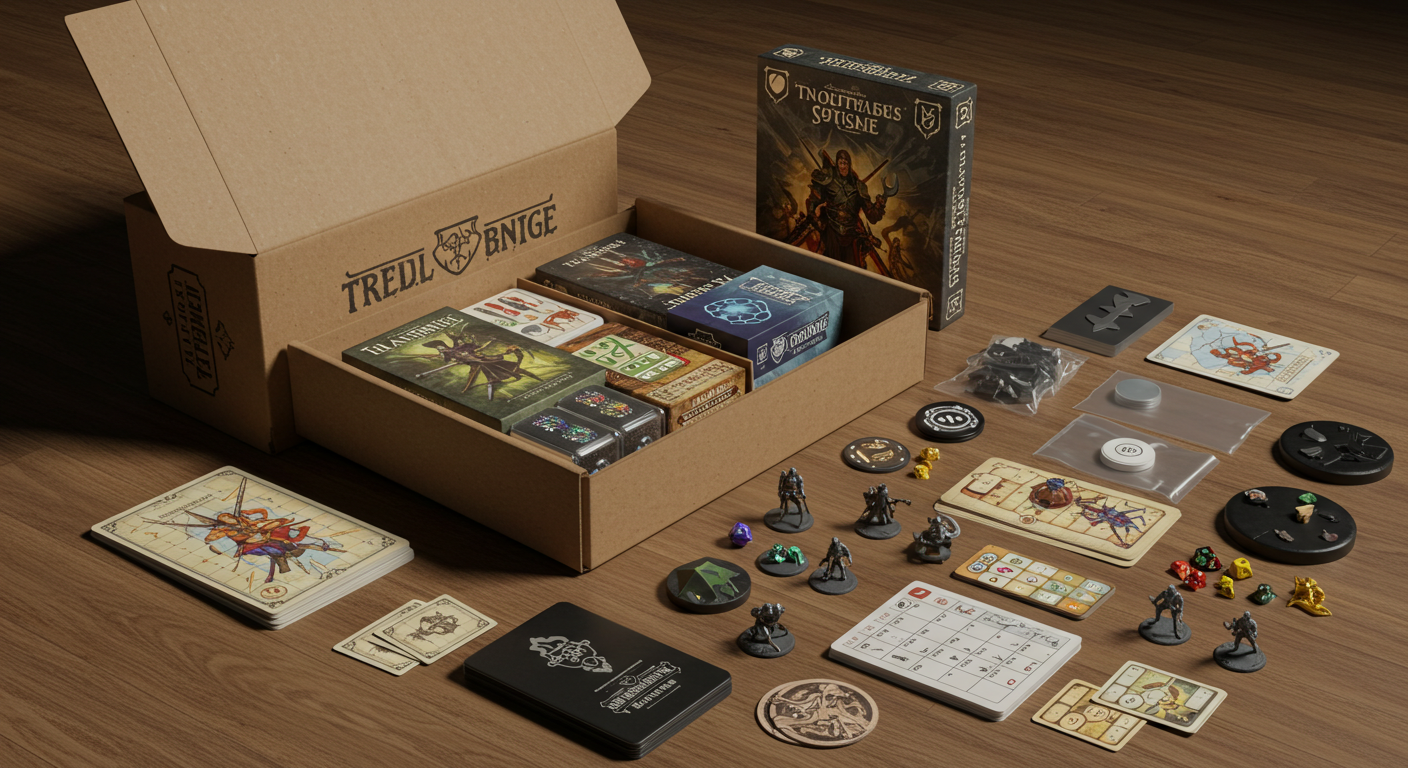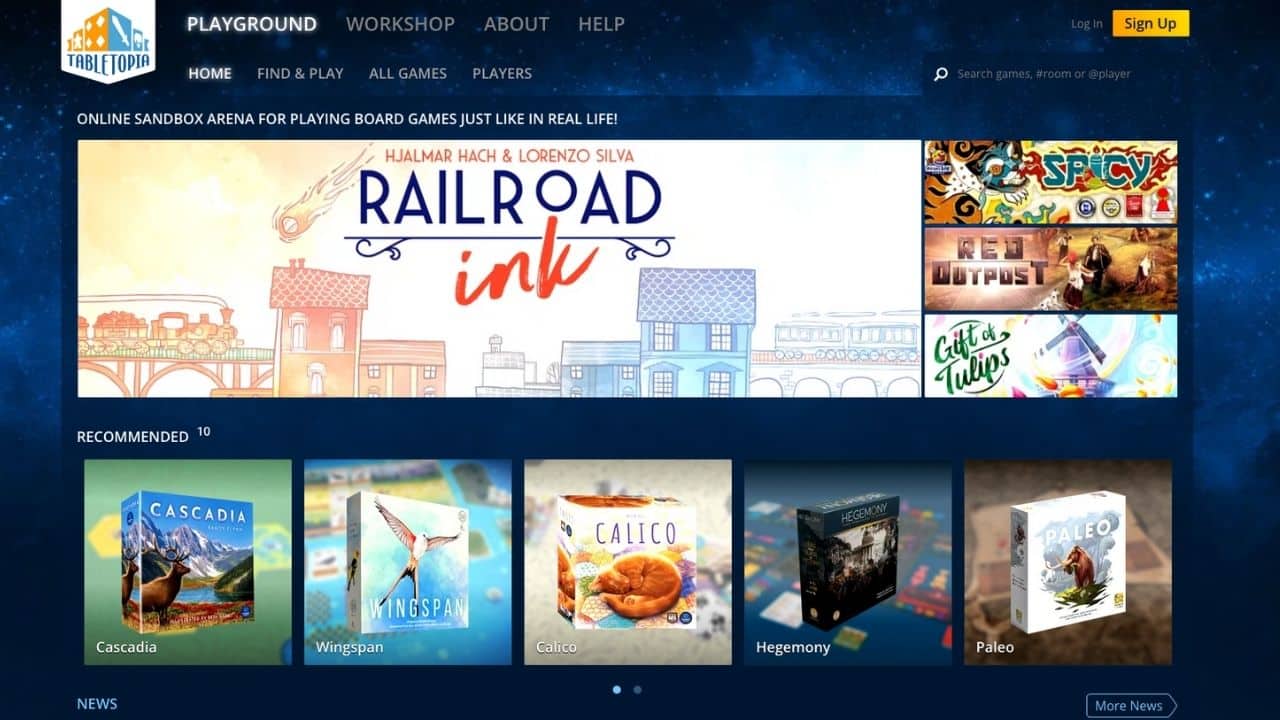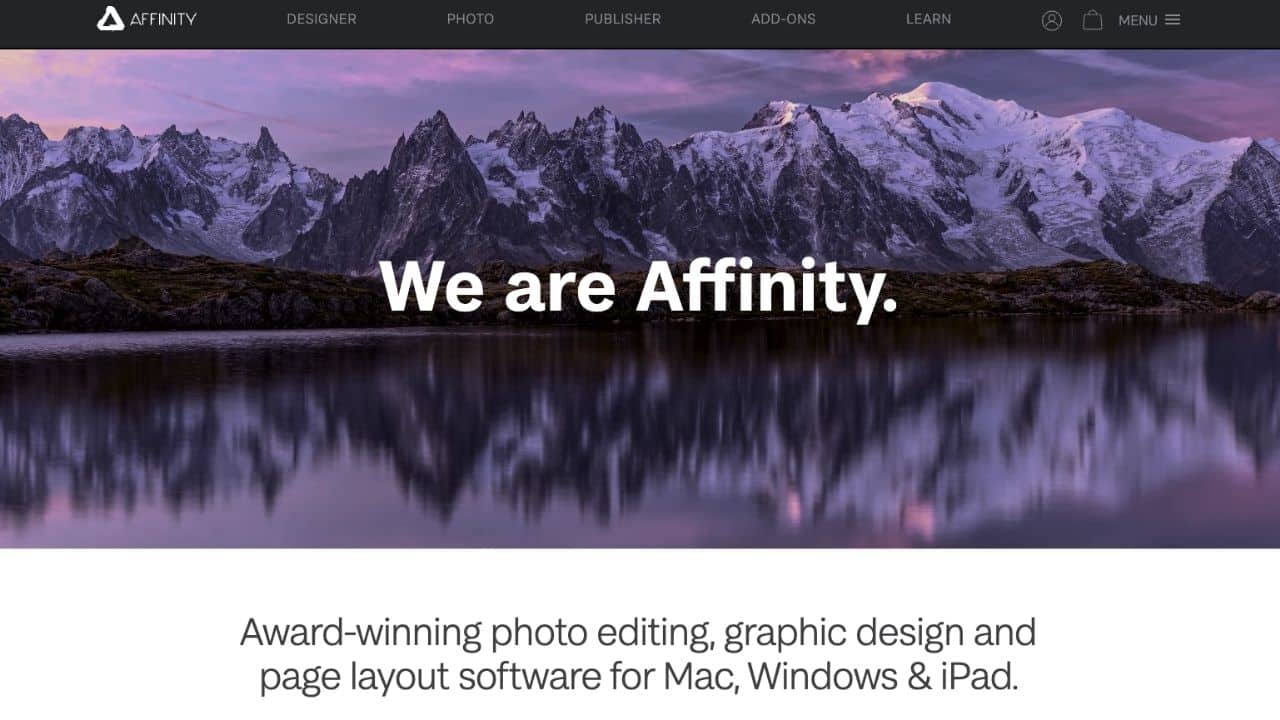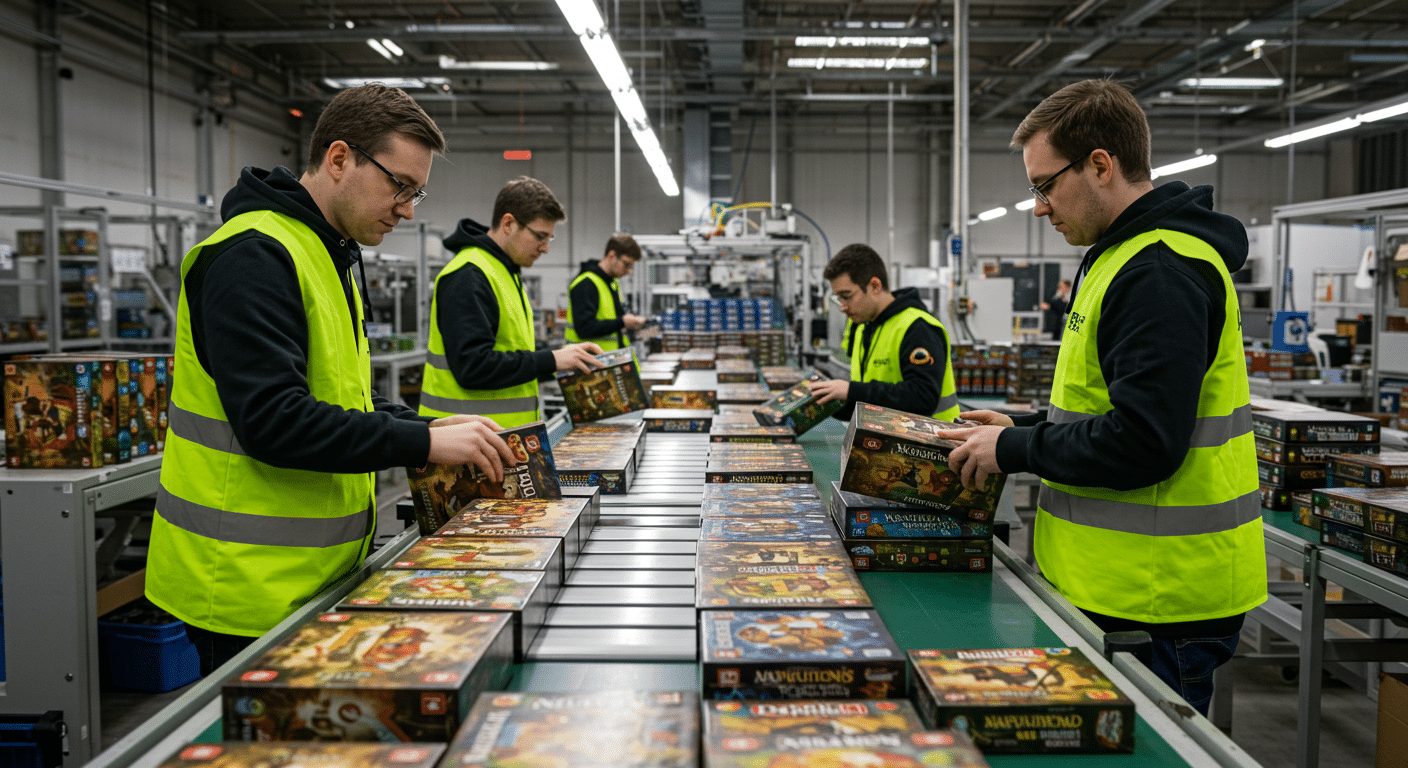Designing a board game takes more than a spark of imagination—it takes the right tools. Indie board game designer and content creator Pam Walls Game Design recently broke down her entire digital toolkit in a video (sponsored by eFulfillment Service). If you’d rather watch her explain it in her own words before digging into the details, here’s the full video:
If you’re more of a reader, or you want a quick reference guide, you’ll find the full breakdown of Pam’s favorite tools (plus some thoughts on fulfillment and shipping) right here in this article.
The Digital Toolbox Every Board Game Designer Needs (and the Secret to Actually Getting Games Into Players’ Hands)
If you’ve ever designed a board game, you know the drill: scraps of paper all over the table, mismatched dice from old sets, and a pen running out of ink right when you’re trying to sketch a new card. It feels chaotic and brilliant at the same time. But once your idea starts to look like something real, the messy bits start to slow you down. That’s where the right tools, digital and otherwise, can save hours of headaches.
And let’s be honest: making a great game is only half the journey. The other half is making sure people can actually play it. That means figuring out storage, shipping, and the logistics no creative mind really wants to deal with. We’ll get to that part later, but first, let’s talk about the fun stuff: the digital programs that modern board game designers swear by.
Prototyping Without Losing Your Sanity
Every game begins with a scrappy prototype. A few cut-up index cards, a Sharpie, maybe some leftover cardboard from last night’s pizza box. That works for early sparks of inspiration, but once the game starts clicking, you need something better.

For years, plenty of designers wrestled with programs like Google Draw, manually changing every card one by one. If you’ve ever updated 120 cards because you changed one keyword, you know that pain. It’s tedious, it’s soul-crushing, and it eats into the time you’d rather spend testing and tweaking mechanics.
That’s where tools like Dextrous, Component Studio, or Nandec step in. Instead of redesigning every piece by hand, you link layouts to spreadsheets. Change a word or adjust a rule in your spreadsheet? Every card updates automatically. It sounds small, but this kind of workflow shift is the difference between spending two weeks on a fix versus two minutes.
Honestly, this is the kind of tool you don’t know you need until you’ve wasted enough nights cutting and recutting components. And while Dextrous is a personal favorite for many designers, the truth is: the specific program doesn’t matter as much as the principle. Use something that scales with your changes, your future self will thank you.
Ready to Fulfill Game Orders Effortlessly?
Get a FREE quote from eFulfillment Service to see how we could help simplify your online order fulfillment.
Playtesting: Around the Table or Across the Internet?
There’s no substitute for in-person playtesting. Watching people lean forward when they’re plotting their next move or slump back and pull out their phone mid-turn tells you almost everything you need to know about how engaging your design really is. Those nonverbal cues are gold.
But not everyone has a group of willing playtesters nearby. Some live in rural areas, others deal with health restrictions, and let’s be real, sometimes your friends are just tired of being your guinea pigs. That’s why digital playtesting is such a gift.

Platforms like Tabletopia, Tabletop Simulator, Screentop.gg, and PlayingCards.io allow you to import your prototypes and test them with people all over the world. There are even dedicated communities like the Virtual Playtesting Discord or Break My Game that exist solely to help designers refine their work. Publishers often request digital versions now, too—it’s just part of the professional toolkit.
And if you’re leaning toward crowdfunding, having a playable digital version available for potential backers can boost trust. Think of it as the “try before you buy” version of your game. A prototype people can actually touch (even virtually) carries a lot more weight than a pretty rules PDF.
The Not-So-Flashy Hero: Staying Organized
Here’s the thing nobody tells you: designing games isn’t just about designing games. It’s paperwork, file management, and tracking what version of your rulebook is actually the “real” one.
That’s where something like Google Drive quietly saves your sanity. It’s not glamorous, but having a single folder for each project, with subfolders for prototypes, rules, playtest notes, pitch decks, and contracts—means you aren’t digging through a desktop graveyard of “final-final-v3” files at 2 a.m.

Plenty of designers also use spreadsheets to track pitches (which publisher saw which game), expenses, and royalties once things actually start selling. It’s boring work, but it’s the kind of boring work that keeps you professional. And the best part? It grows with you. Whether you’re making one game or juggling ten, your Drive folders evolve right along with you.
A small side note here: organization is also a mental relief. Game design is already full of unknowns. Having one place where your documents live? That’s a rare slice of peace.
Design Tools That Won’t Drain Your Wallet
At some point, every designer realizes they need more than a pen and printer. Rulebooks need to look polished, box art needs to be crisp, and even your sell sheets have to stand out. Adobe tools like Photoshop and Illustrator are the industry standard, but they’re expensive—and for indie creators, recurring subscriptions can feel like paying rent on creativity.

That’s why so many designers have switched to the Affinity Suite:
-
Affinity Designer (vector design like Illustrator)
-
Affinity Publisher (layout like InDesign)
-
Affinity Photo (photo editing like Photoshop)
One-time purchase, no endless subscription. You pay once, and you’re good until a major upgrade years down the road. That alone makes it appealing for creators operating on thin budgets.
Beyond cost, the suite is surprisingly intuitive. Many designers use Affinity to build logos, lay out rulebooks, and even experiment with card layouts before sending them back into Dextrous. Some just use it for quick marketing assets, like images for a Kickstarter page. And sure, you’ll probably make ten ugly logos before one looks right—but that’s part of the process.
It’s not about perfection the first time. It’s about having the right tools to get you there eventually.
Let’s Talk About the Elephant: Shipping Your Game
Okay, let’s pause. Everything we’ve talked about so far, prototyping, playtesting, organizing, designing, is the creative side. The fun side. But what happens when your Kickstarter succeeds? Or when you’re staring at 1,000 copies of your game stacked in your garage?
That’s the moment board game fulfillment stop being background noise and become the entire soundtrack of your life. Orders, storage, shipping labels, returns, it’s a second full-time job, and most indie designers didn’t sign up for that part.

That’s why services like eFulfillment Service exist. They’re not just a warehouse. They’re a family-owned company that specializes in helping indie publishers move games from storage to players’ tables. No setup fees, no long-term contracts, and no order minimums, just straightforward fulfillment for creators who don’t want to spend their nights taping boxes.
Some eFulfillment Service Features include:
| Zero Hidden Fees | eFulfillment Service is transparent about costs, ensuring businesses can plan their expenses without fear of unexpected charges. |
| No Order Minimums | This feature is ideal for small businesses or startups that may not have high order volumes initially. eFulfillment Service accommodates all levels of business operations. |
| Seamless Integration | They offer easy integration with popular e-commerce platforms such as Shopify, Squarespace, and more! This makes it simpler for business owners to connect their online stores and manage orders effectively. |
| Family-Owned and Operated | Being family-owned, eFulfillment Service emphasizes personal customer service and a commitment to supporting other small and family-run businesses. |
| Customized Services | eFulfillment Service caters to the specific needs of their clients by offering tailored services including custom packing and personalized inserts, enhancing the customer’s unboxing experience. |
Simplify Board Game Designing with a Fulfillment Service!
Keep Playing to Keep Creating
There’s one more “tool” worth mentioning, though it isn’t software at all: playing more games. Sites like Board Game Arena let you explore titles you might never see at your local store. It’s not just fun—it’s research.
Designers learn by studying what works, what doesn’t, and where there’s room for something new. Think of it like being a chef. You don’t only cook—you taste. A lot. And the more flavors you’ve tried, the more interesting your own recipes become.
Plus, let’s not kid ourselves. Playing games is why most of us got into this in the first place. It’s both a break from work and the best way to fuel it.
Wrapping It All Up
Designing board games is equal parts creativity, persistence, and problem-solving. The right digital tools, whether that’s Dextrous for prototyping, Affinity for design, or Google Drive for organization, make the process smoother. Playtesting both in-person and online expands your reach and sharpens your game. And yes, fulfillment matters just as much as all the design work that comes before it.
So maybe the best advice is this: don’t try to do everything yourself. Use the tools that save time, and lean on partners like eFulfillment Service when it’s time to ship. Because at the end of the day, your real job isn’t packing boxes, it’s creating games worth playing.




0 Comments